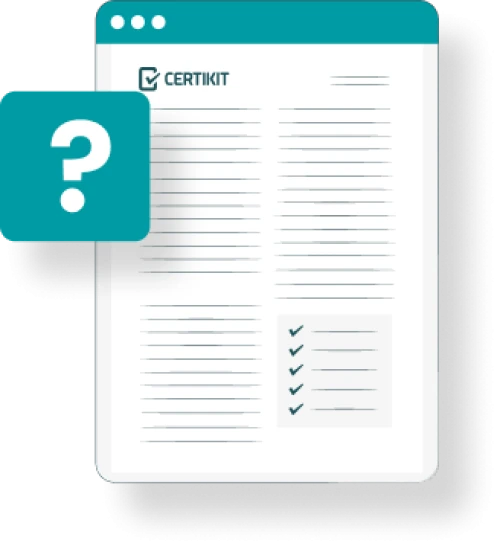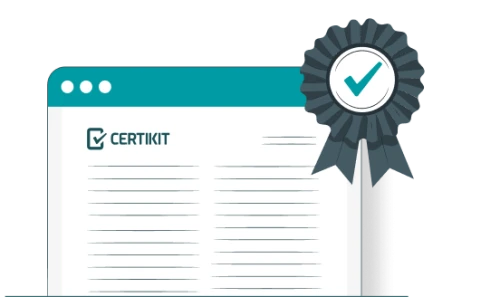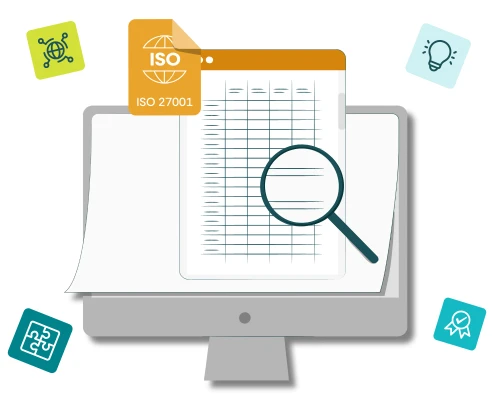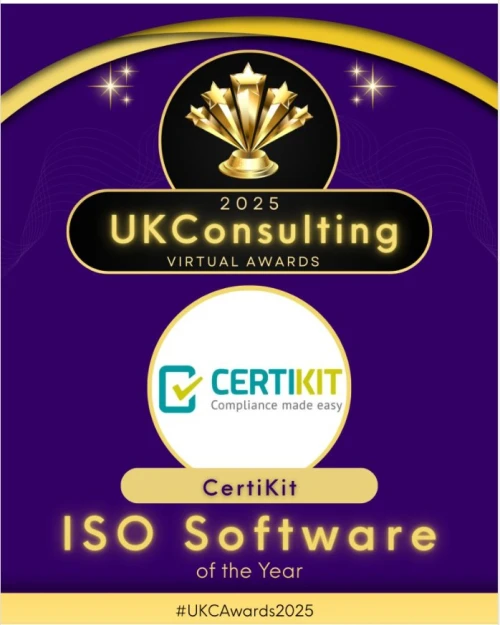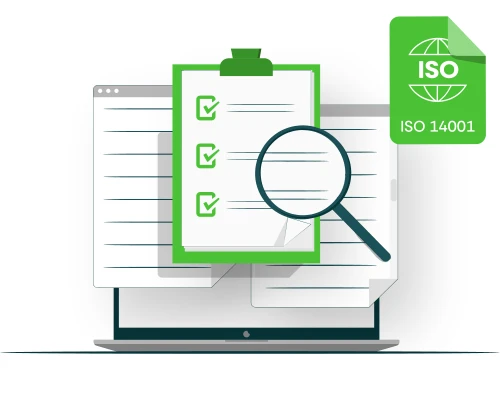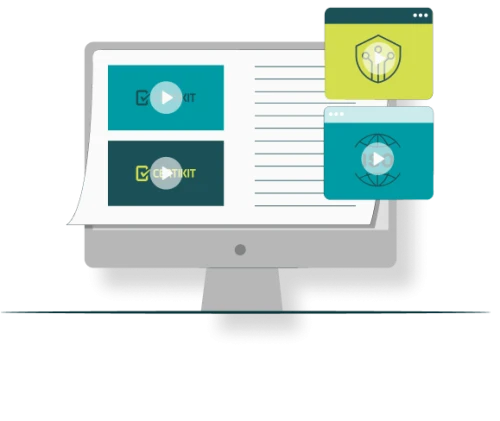ISO20000 is the internationally recognised standard for IT service management, providing a structured framework to improve service quality, enhance efficiency, and ensure seamless delivery.
Filled with pre-written templates, guidance documents, and practical tools, the toolkit simplifies compliance and accelerates your certification journey. With unlimited email support from our expert team and a perpetual licence, you’ll have reliable assistance every step of the way.

